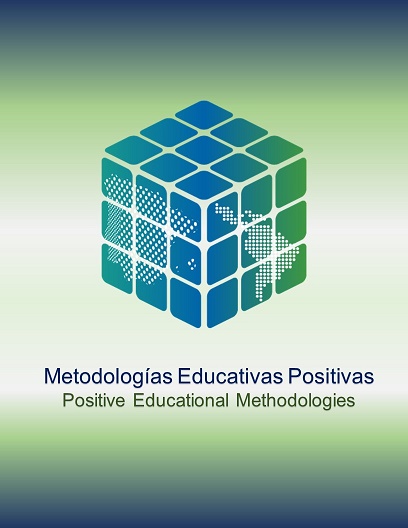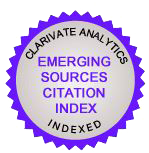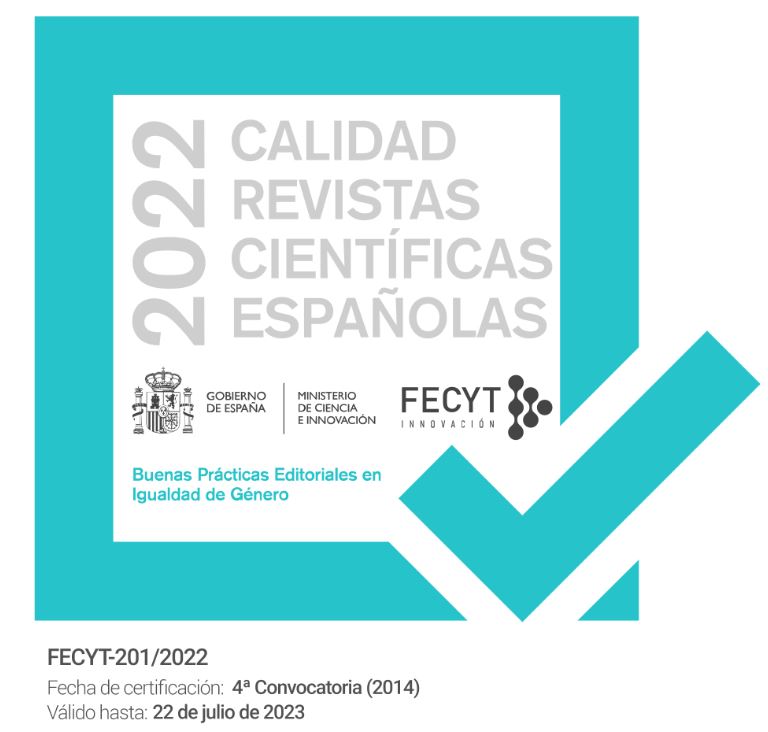E-Citizenship and Higher Education: Analysis of Digital Knowledge in a Mexican University
DOI:
https://doi.org/10.30827/eticanet.v2i18.11893Abstract
The digital citizenship or e-citizenship is linked to the demands that the labor, educational and cultural world pose to the individuals of the 21st century. In that sense, the role that universities have to play to train critical and literate subjects in highly digital environments is preponderant, since it is the HEIs historically responsible for generating, transferring and applying new knowledge. Thus, this article presents an empirical research that evaluates digital knowledge in upper-level students, the data was collected in a Mexican institution located in the northwest of the country. The sample consists of 346 subjects divided into high and low university, we worked with the hypothesis that technological knowledge is related to the degree of progress in the scholar curriculum, that is, longer years of study would have to favor high levels of "Digital citizenship". To do this, statistical tests of Chi-Square and comparison of frequencies were made from the crossover variable (advance in the program), the results show that the scholar curriculum is not necessarily a preponderant variable to possess high digital knowledge.
Downloads
References
ANUIES (2014). Anuario Estadístico de Educación Superior Licenciatura . Asociación Nacional de Universidades e Instituciones de Educación Superior. ANUIES.
Cabrera, D. H. (2006). Lo tecnológico y lo imaginario. Las nuevas tecnologías como creencias y esperanzas colectivas. Buenos Aires: Biblos.
Caldeiro-Pedreira, M., & Aguaded-Gómez, J. (2015). Estoy aprendiendo, no me molestes. La competencia mediática como forma de expresión crítica de nativos e inmigrantes digitales. Redes. Revista hispana para el análisis de redes sociales (12), 27-45.
Chaparro, M. E. (2009). Comunicación para el empoderamiento y comunicación ecosocial. La necesaria creación de nuevos imaginarios [Communication for empowerment and ecosocial communication. Notes for a necessary new social imaginary]. Perspectivas de la comunicación, 2(1), 146-158.
Delors, J. (1996). La educación encierra un tesoro. París: UNESCO/Santillana.
Ferrés Prats, J., Aguaded-Gómez, I., & García-Matilla, A. (2012). La competencia mediática de la ciudadanía española competencias y retos. Icono 14, 10(2), 23-42.
Ferrés, J., & Piscitelli, A. (2012). La competencia mediática: propuesta articulada de dimensiones e indicadores [Media Competence. Articulated Proposal of Dimensions and Indicators]. Comunicar(38), 75-82. https://doi.org/10.3916/C38-2012-02-08.
Fuentes-Esparrel, J. (2011). Características de la actividad de los adolescentes y jóvenes españoles: e-ciudadanía. REIFOF, 115-126.
García, F., Portillo, J., Romo, J., & Benito, M. (Septiembre de 2007). Nativos digitales y modelos de aprendizaje. Recuperado el Julio de 2017, de SPDECE: https://www.businessintelligence.info/assets/varios/nativos-digitales.pdf
Gozálvez, V. (2012). Ciudadanía mediática. Una mirada educomunicativa. Madrid: Dykinson.
INTEF (2017). Marco Común de Competencia Digital Docente . Instituto Nacional de Tecnologías Educativas y de Formación del Profesorado. Ministerio de Educación de Cultura y Deporte e Instituto Nacional de Tecnologías Educativas y de Formación del Profesorado .
Jenkins, H. (2006). Convergence Culture: Where Old and New Media Collide. Nueva York: New York University Press.
Lipovetsky, G., & Serroy, J. (2009). La pantalla global. Cultura mediática y cine en la era hipermoderna. Barcelona: Anagrama.
Lipovetsky, G., & Serroy, J. (2009). La pantalla global. Cultura mediática y cine en la era hipermoderna. Barcelona: Anagrama.
Martín-Barbero, J. (1991). De los medios a las mediaciones. Comunicación, cultura y hegemonía. Ciudad de México: Editorial Gustavo Gili.
McLuhan, M. (1964). Para comprender los medios de comunicación. Barcelona: Paidós Ibérica.
O’reilly, T. (2005). What is Web 2.0? Design patterns and business models for the next generation of software. En H. Donelan, K. Kear, & M. Ramage, Online Communication and Collaboration: A reader (págs. 225-289). Oxon: Routledge Taylor & Francis Group.
Ramírez-Martinell, A., & Casillas, M. (marzo de 2016). Los saberes digitales y las disciplinas universitarias. Obtenido de Universidad Veracruzana: www.uv.mx/blogs/brechadigital
Robles, J. (2009). Ciudadanía digital una introducción a un nuevo concepto de ciudadano. Barcelona: Editorial UOC.
Scolari, C. A. (2009). Transmedia Storytelling: Implicit Consumers, Narrative Worlds, and Branding in Contemporary Media Production. International Journal of Communication, 586-606.
UNESCO (1982). Declaración de Grünwald sobre la educación relativa a los medios de comunicación. Grünwald, Alemania: UNESCO.
Universidad Autónoma de Occidente. (2017). Plan Lince de Desarrollo Institucional 2017-2020. Los Mochis: UAdeO.
Published
Issue
Section
License
The authors who publish in this journal agree to the following terms: The authors retain the copyright and grant the journal the right to be the first publication of the work as well as licensed under a Creative Commons Attribution License that allows others to share the work with an acknowledgment of the authorship of the work and the initial publication in this magazine. Authors are allowed and encouraged to disseminate their work electronically (for example, in institutional repositories or on their own website) before and during the submission process, as it may lead to productive exchanges as well as further citation. Earliest and greatest of published works (See The Effect of Open Access).














